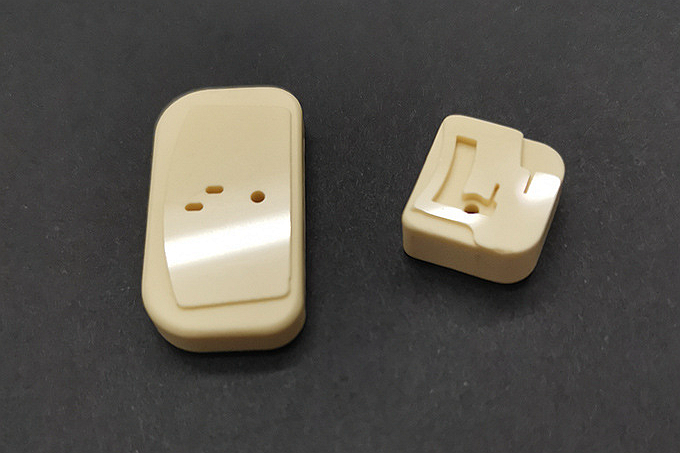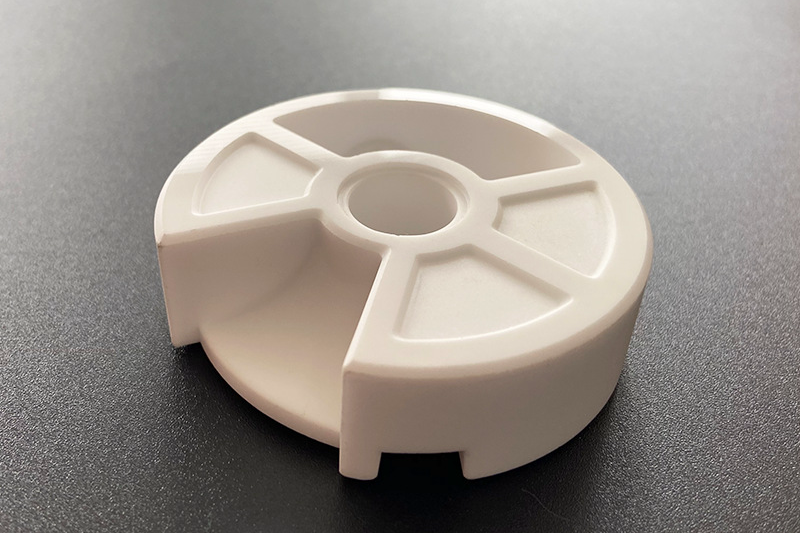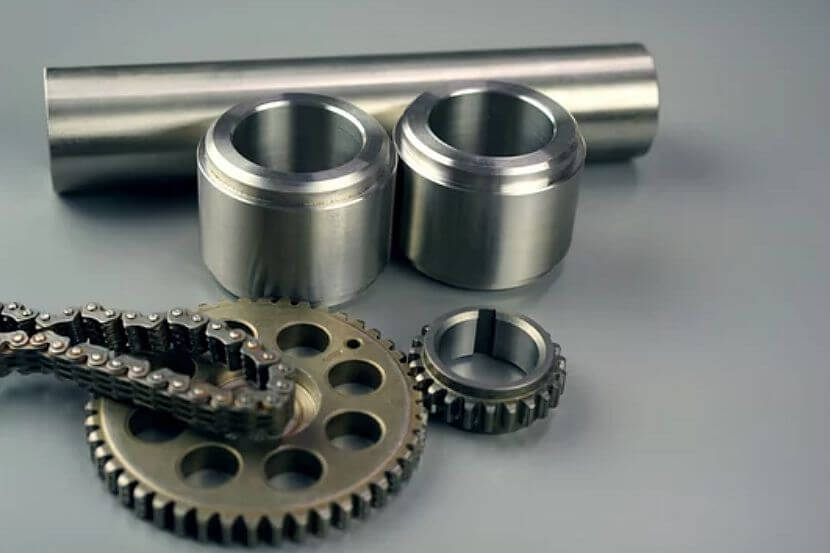How to choose substrates for high-power LEDs balancing heat, insulation, and cost?
For high-power LEDs, substrate selection is fundamentally about managing junction temperature while keeping reliable electrical insulation and acceptable cost. In applications such as lighting solutions, consumer electronics, and outdoor telecommunication hardware, the substrate must conduct heat away efficiently, isolate high-voltage circuits, and still be manufacturable at scale. Neway typically evaluates aluminum IMS, copper-based, and ceramic substrates, combined with suitable processes and coatings, to achieve the right balance.
Define Thermal and Insulation Targets First
The starting point is junction temperature, power density (W/cm²), and required dielectric strength between LED pads and the metal base or heat spreader. For mainstream luminaires and backlights, aluminum-based IMS is often sufficient. For tightly packed COB modules or harsh outdoor lighting and 5G radio environments, consider using ceramic or copper solutions. Breakdown voltage requirements and creepage distances drive dielectric thickness and material choice, which in turn affect thermal resistance and cost.
Aluminum IMS Substrates: Balanced Performance and Cost
Aluminum IMS (insulated metal substrate) is the most common high-power LED base because it offers good thermal conductivity at reasonable cost. The aluminum base can be formed or integrated with heat sinks using aluminum die casting, sheet metal fabrication, or machined via CNC machining prototyping. Surface treatments like anodizing increase corrosion resistance and can form part of the insulation system, while maintaining good heat spreading. For most indoor fixtures and general-purpose luminaires, aluminum IMS gives the best balance between thermal performance, electrical insulation, and BOM cost.
Copper-Based Substrates for Extreme Heat Flux
When LED arrays run at very high power densities, copper substrates or copper-core hybrids are considered. Copper has higher thermal conductivity than aluminum, which improves spreading under dense COB or laser diode arrays. Copper bases and cold plates can be realized through copper alloy precision casting or bonded constructions. To protect against corrosion and tailor surface properties, high-temperature thermal coating systems may be applied. The trade-off is higher raw material cost and weight, so copper is usually reserved for premium spotlights, automotive headlamps, or compact high-lumen modules.
Ceramic Substrates for Insulation and Reliability
For applications that demand high insulation, high temperature capability, and dimensional stability—such as outdoor drivers, telecom beacons, or mission-critical lighting—ceramic substrates become an attractive option. Materials like alumina and silicon nitride offer strong dielectric strength, good thermal conductivity, and excellent aging behavior. Through ceramic injection molding, Neway can integrate complex 3D features, such as alignment bosses, reflector bases, or insulated standoffs, into a single ceramic component, thereby simplifying assembly and improving reliability. Although ceramic substrates are more expensive, they reduce failure risk in harsh thermal cycles and high-humidity environments.
Prototyping and Cost Optimization
Before locking the substrate concept, prototypes are validated thermally and electrically. LED boards and heat spreaders can be trialed using 3D printing prototyping for housings and CNC machining for metal bases, allowing quick comparison between aluminum IMS, copper-core, and ceramic options. Design-for-manufacturing reviews ensure that the chosen substrate is compatible with downstream processes such as plastic injection molding for optics and covers, and that the complete system meets performance targets at the lowest lifecycle cost.



